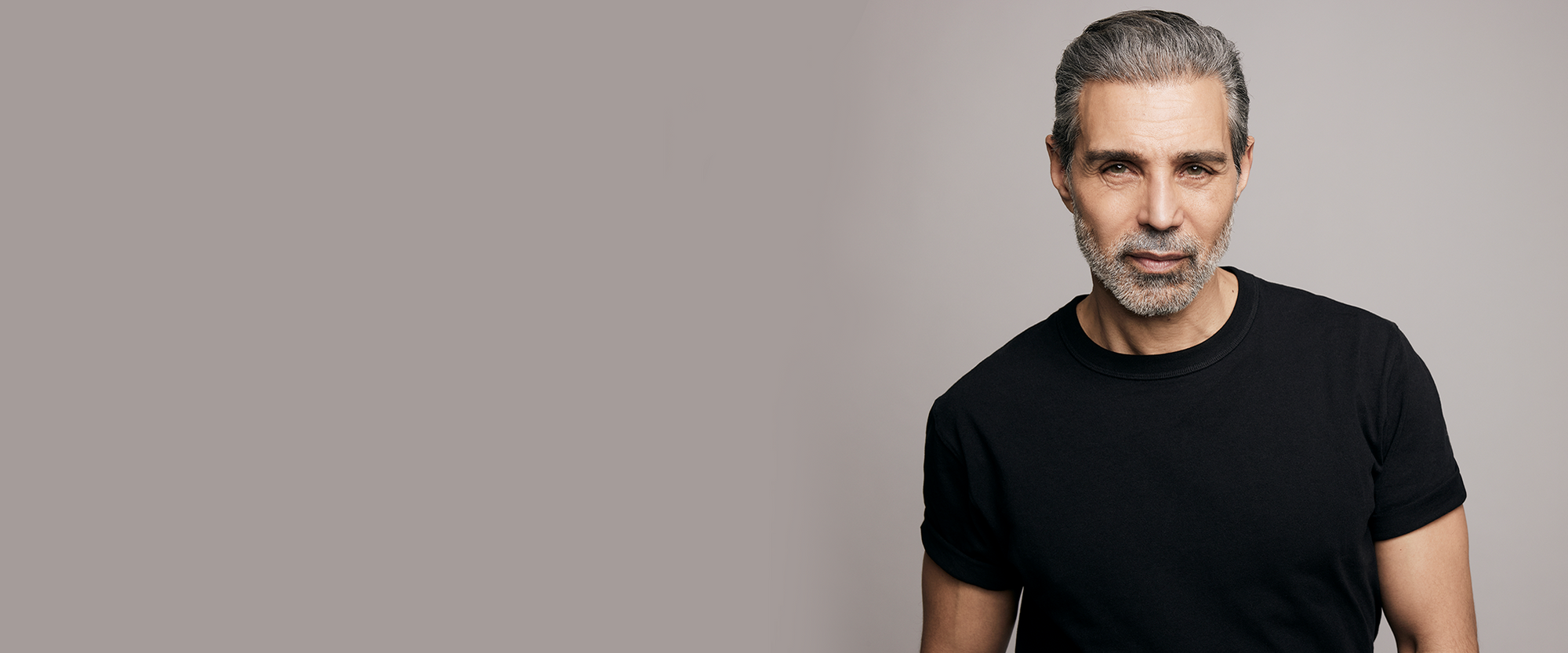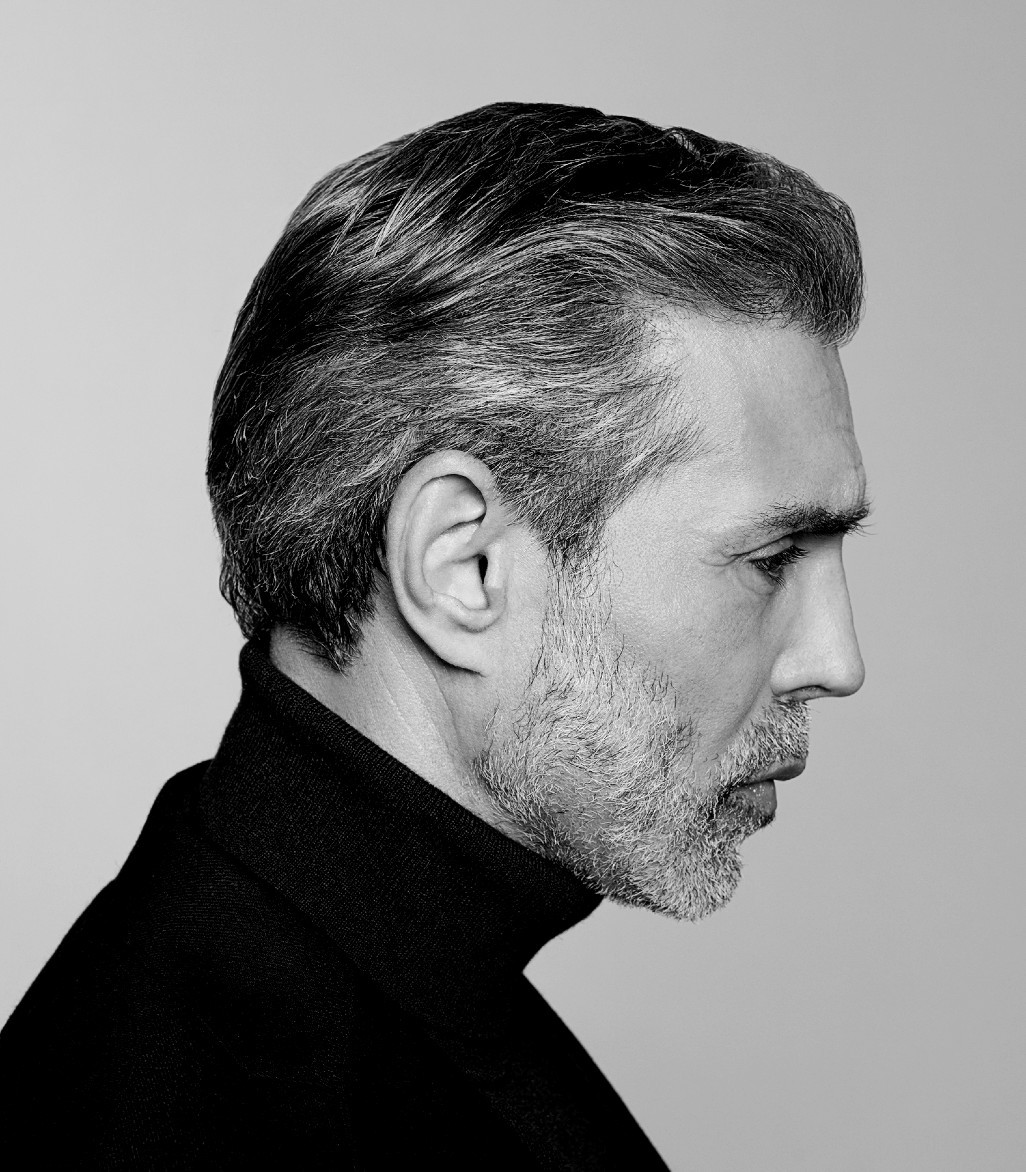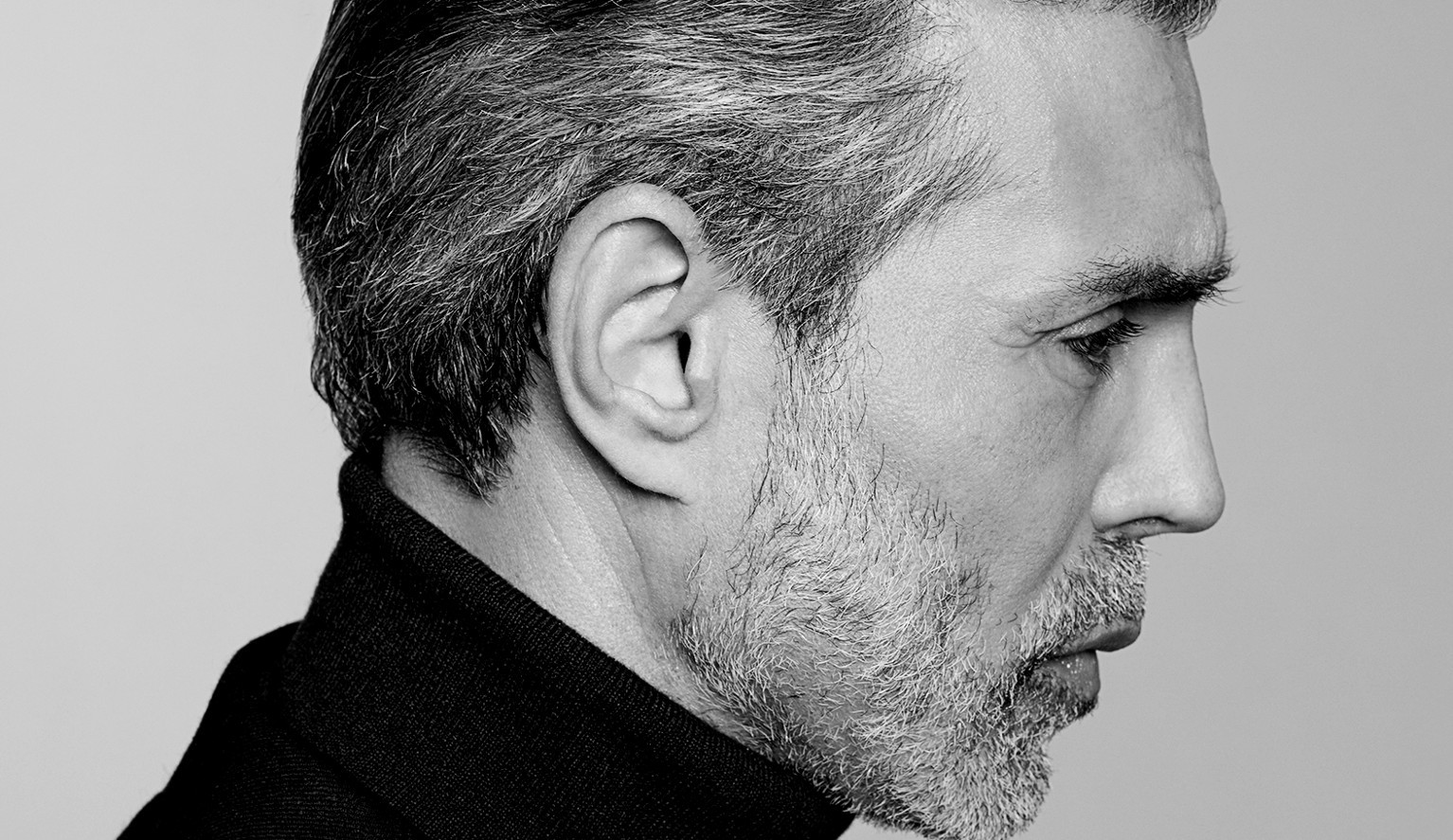


Ouronyx Blog
What Causes Hair Loss?



Then, the doubt creeps in. The comparison photos, a detailed study of the labels on all your hair care products, the incessant googling, the interrogation of your partner or friends etc. This is an all too familiar experience for many out there which, if unchecked, can often lead to a downward spiral in confidence. Understanding how and why thinning hair occurs is important so that it can be treated effectively. It is important to understand that hair loss and thinning hair are often two sides of the same coin but, importantly, they are not the same. Unlike extensive hair loss, thinning hair doesn't necessarily cause baldness. It does, however, show up as scanty spots of hair on your head. Thinning hair refers to a general loss of hair density on the scalp. This means existing hair follicles are becoming smaller, resulting in finer and sometimes shorter hair and lesser hair overall.



Thinning hair can be identified by a widening hair parting, a thinner ponytail, or a more visible scalp. Let's get into the causes of thinning hair, starting with: 1. An Unhealthy Scalp: characterised by dryness, flaking, itching or excessive product build-up. The hair may break easily or fall out. It can be caused by stress, poor hair hygiene, dietary changes, climate change etc. A healthy scalp is key to having healthy, thick hair. 2. Age: can play a part in reduced hair density. Our scalp consists of cells that are continually regenerating hair follicles. As we age though, the cells in our scalp that constantly regenerate slow down, causing hair follicles to shrink and our hair to thin and eventually disappear. 3. Genetics: that are the most common offender when it comes to thinning hair. Often referred to as male or female pattern baldness, technically known as ‘Androgenetic alopecia’, is hereditary and can start as early as the teenage years but occurs mainly as you age. A trademark of alopecia areata and androgenetic alopecia, hair follicle miniaturization describes the progression of thinning hair. In this process, which most commonly affects men, the hormone DHT causes the hair growth phase to become progressively shorter, making it harder for the hair to grow. So the follicle, which once produced healthy hairs, starts making thinner hairs with a fragile shaft that can easily fall out.



4. Hormonal changes: hormonal imbalances also factor in thinning hair and eventually, hair loss. For women, the hormonal culprit is almost always estrogen. For example, during pregnancy, many women experience thicker hair due to an increase in estrogen levels. However, estrogen levels drop after giving birth and hair can start to thin and fall out. Due to the same reason, women who are going through menopause may experience hair thinning. Thyroid imbalances can also contribute to hair thinning. 5. Nutritional deficiencies: your hair needs nutrients too. So, it should come as no surprise that a diet lacking essential micronutrients can cause hair thinning. A deficiency in riboflavin, biotin, folate, vitamin D, iron, vitamin B12 and zinc can contribute to hair thinning. 6. Stress: can be sneaky in its contributions to thinning hair. When you’re under stress, your body produces cortisol, which can disrupt the natural growth cycle of hair follicles. This disruption can lead to hair thinning and even hair loss. Stress-related hair thinning can manifest in different ways. Some people may notice an overall thinning of their hair, while others may experience hair shedding in specific areas such as the scalp or eyebrows. Some medications can also cause hair thinning, so if you are experiencing hair thinning, it is important to first consult with a doctor to identify the cause of your thinning hair so that you can take steps to treat the concern.



Thinning Hair Treatment at Ouronyx
When it comes to a solution, Ouronyx provides a bespoke and complete response, offering a Hair Restoration Treatment that will have you checking your reflection for all the right reasons. We know that no two scalps are the same, so we use your own stem cells to combat thinning hair using a procedure that is non-invasive and involves minimal recovery time. We follow a precise protocol giving us a detailed insight into the health of the scalp and hair. Following the procedure, we provide continued monitoring by our doctors and additional booster treatments to support results. We know that seeing is believing which is why we are always focused on producing results that our clients can trust.
REQUEST A CONSULTATIONBook a Consultation
Begin your Ouronyx journey with one of our facial aesthetics doctors. Choose a location, date and time that suits you and we’ll get ready to onboard you on the tour of self-discovery.

